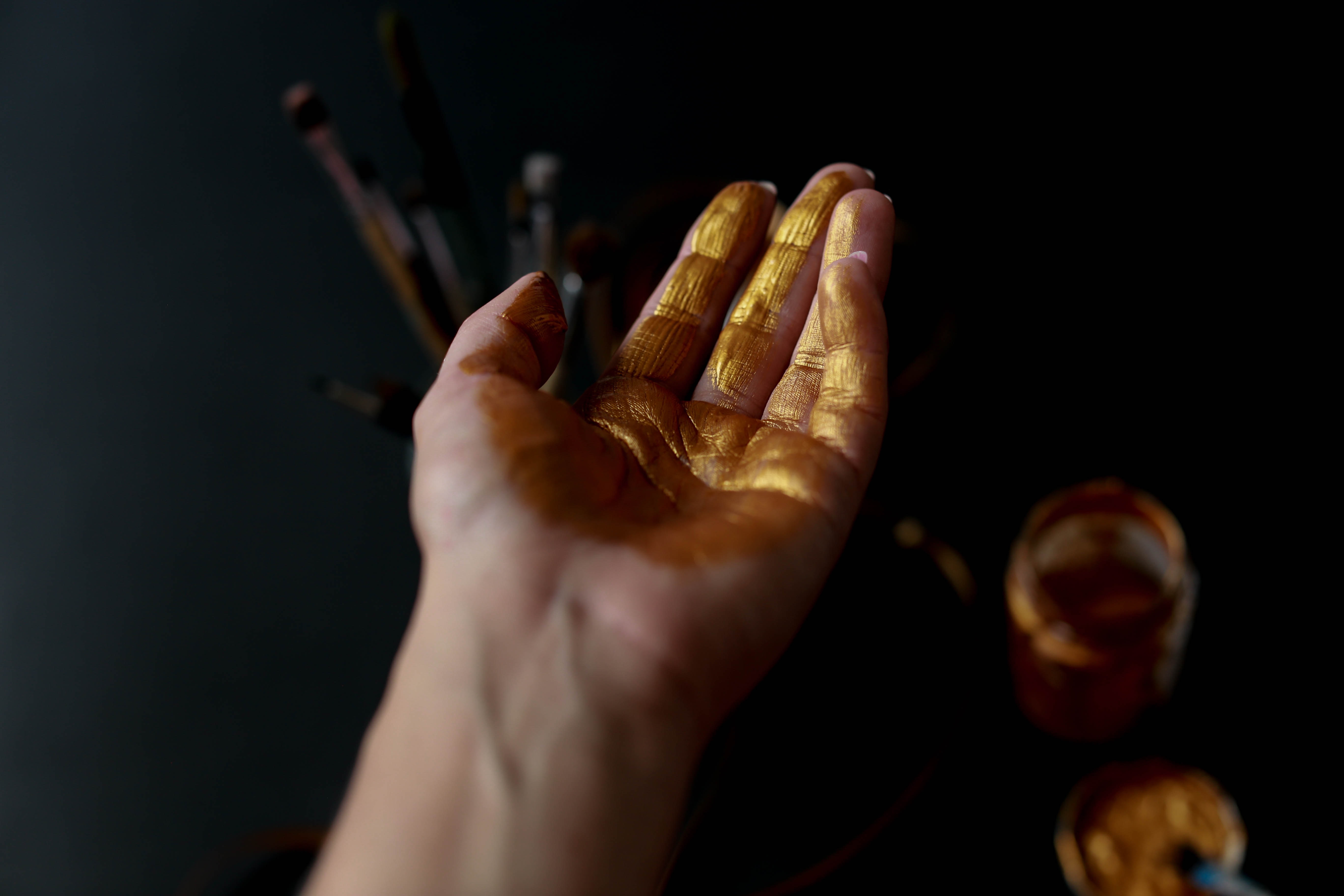The title might seem like an odd one, given the popularity of yellow gold in jewelry making. Here’s the issue: To many women, yellow gold seems like an afterthought. Yet, for most of the 20th century, yellow gold was the only option available to women, and the average woman is likely to have predominantly experienced yellow gold in her life.
Rose and white gold were invented at the end of the 1800s and were popular through to the 1930s. However, due to a combination of wartime austerity and scarcity, the metals used to make rose and white gold became rare.
Yellow gold jewelry served as the exclusive jewelry material until the 80s, when white gold, then rose gold, came trickling back to the forefront of designers’ imaginations.
Today, white gold is chosen by luxury designers as a substitute for platinum and to show off white diamonds; rose gold is extraordinarily popular among millennial women thanks to its feminine and organic hues.
But yellow gold isn’t played out! There are several important reasons why, when you’re shopping for a new piece of fashion jewelry or a wedding band, yellow gold should be high up on your list!
Physical Traits
Yellow gold is the purest tone of gold because of the fact that it has the fewest metals alloyed into it. Small amounts of silver and other metals are added to the raw gold to strengthen it.
Yellow gold is the softest colored gold because of this fact, but that can be good and bad. The bad is that yellow gold is easy to scratch and dent; but when you bring your yellow gold in for jewelry repair, it should be relatively painless to have it buffed and repaired.
Plus, yellow gold is the most hypoallergenic tone of gold. White gold can occasionally be found with nickel, which is highly allergenic; rose gold has a large amount of copper in it, which is allergenic to some people.
Aesthetics
Rose gold has the color of copper mixed in with it. White gold resembles pale metals like platinum, silver, or palladium. Yellow gold, on the other hand, doesn’t look like any other metal. People have admired yellow gold since time immemorial due to its utterly unique color, incorruptibility, and shine.
When you’re choosing a yellow gold engagement ring, you can trust that it will keep a timeless quality that will be as gorgeous in 200 years as it is today. The fact that yellow gold doesn’t rust, patinate (like rose gold can), corrode, or lose its tone (unlike rhodium-plated white gold) adds to that timeless quality.
If you’re a woman who appreciates the historical beauty that’s invested in her jewelry, yellow gold is an ideal metal.
Complementary Tones
Related to the aesthetic argument, women should choose yellow gold for its ability to complement other colors. Rose gold is also chosen for its perfection in mirroring a woman’s blush. But no gold complements a wider array of skin tones than yellow gold, thanks to the natural yellow hues in skin.
Yellow gold, as you can see with a fashion designer like Madison L, also complements a wide variety of colored gemstones. For darker gemstones, like garnet and sapphire, yellow gold enriches their saturation. For lighter stones, such as peridot, prasiolite, and citrine, yellow gold makes them more vibrant.
The effect is magical! We think you’ll adore blending colored gemstones with the elegance of yellow gold. If your local jewelry store has some pieces like that–make sure to ask to see them first!
We Want to Hear From You!
Yellow gold is amazing, and we at Premiere Jewelry Designs can guarantee that when you find the right yellow gold bridal or fashion jewelry, you’ll adore it for generations to come. If you’ve seen some yellow gold pieces that speak to you, let us know! We always appreciate falling in love with new designs.
